Amazing Photos: The Comets 21P/Giacobini-Zinner and 46P/Wirtanen of 2018
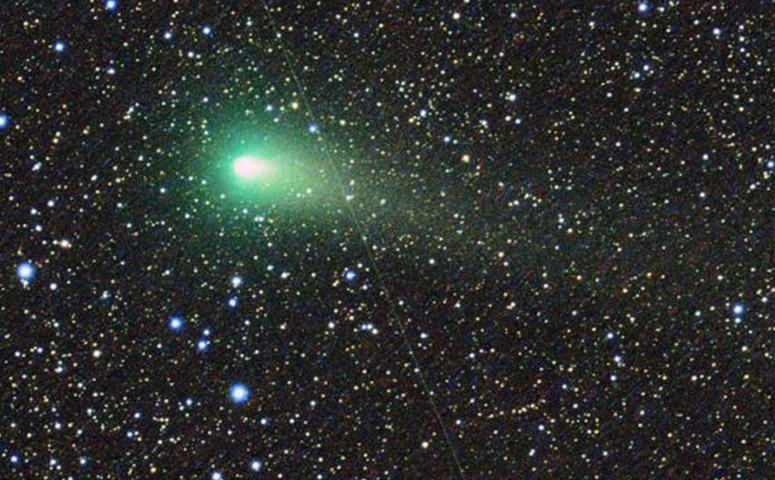
A Comet Double-Whammy
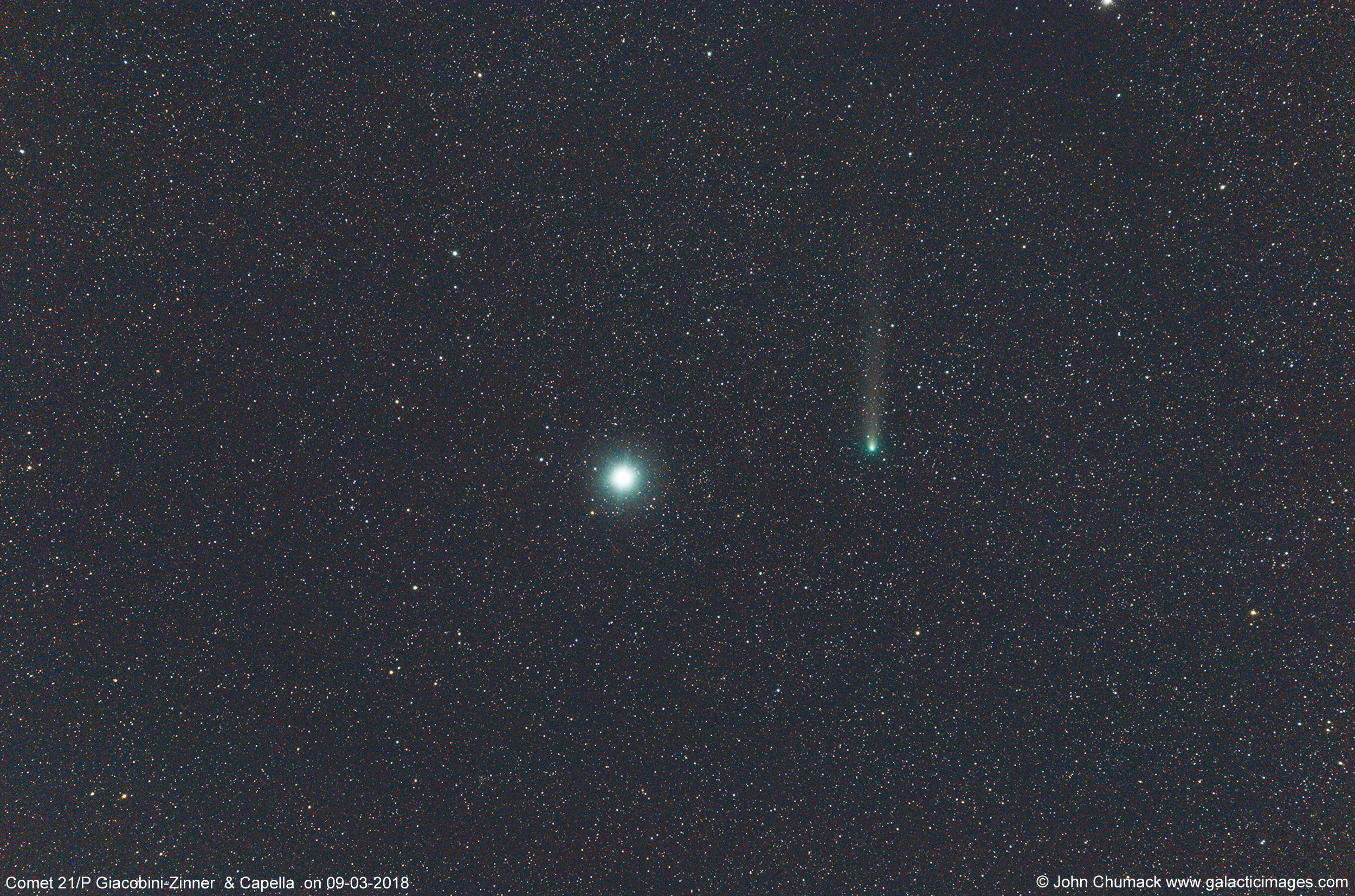
Two bright-green comets are swinging around the sun in September and December of 2018, providing spectacular views for skywatchers — both with and without telescopes.
HERE: Comet 21P/Giacobini-Zinner passes by Capella, the "Goat Star," in this deep-space image by astrophotographer John Chumack. The comet will make its closest approach to the sun on Sept. 10 (the same day it will be closest to Earth), and it is visible with binoculars and small telescopes. Chumack captured this photo of the comet in the early morning of Sept. 3, 2018 using a 300-millimeter (11.8 inches) telephoto lens.
Comet 21P on Aug. 18
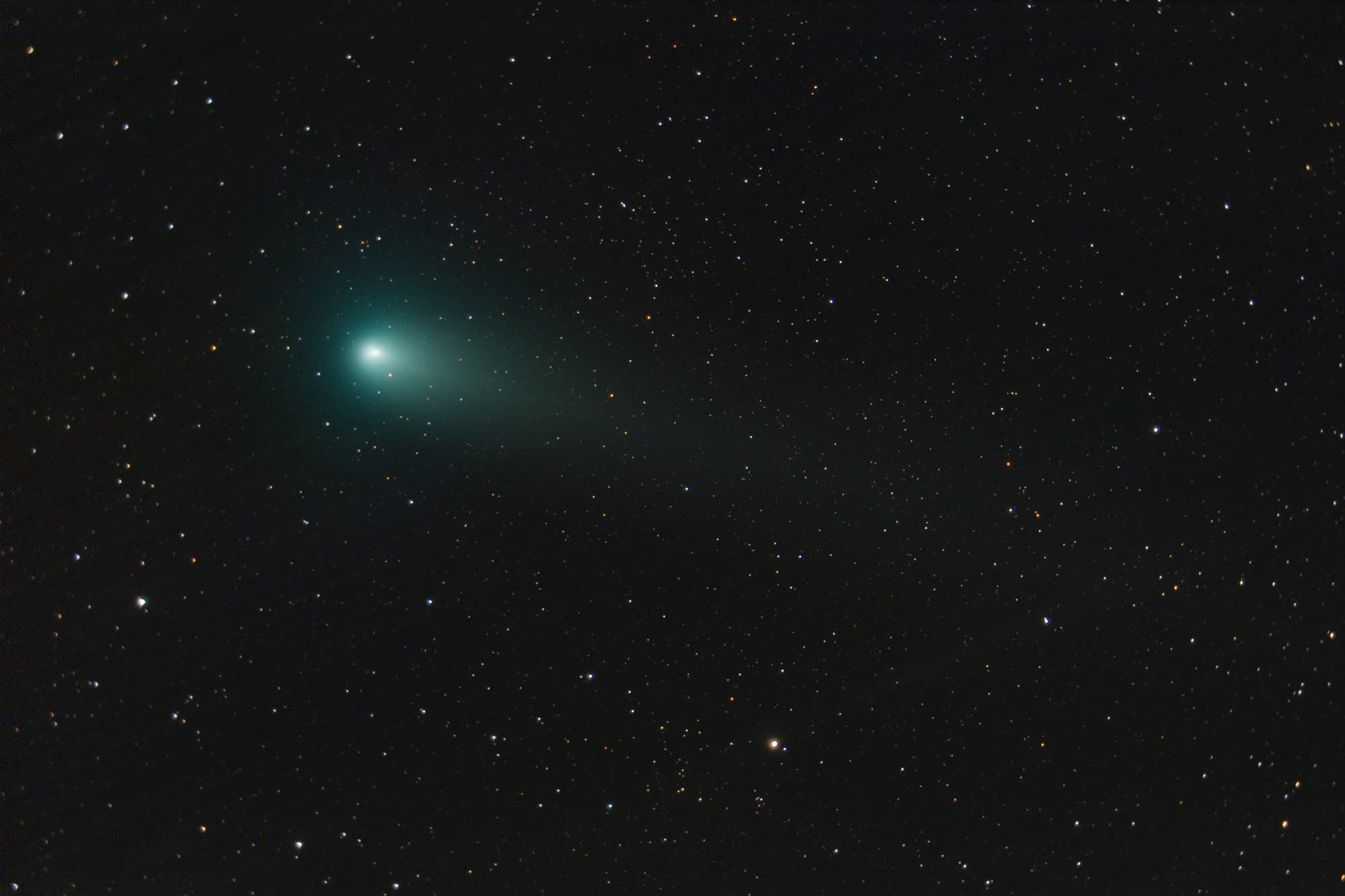
Astrophotographer Alexander Vasenin captured this photo of Comet 21P/Giacobini-Zinner from Moscow Oblast, Russia, on Aug. 18, 2018, at 12:32 a.m. local time (5:32 p.m. EDT, 2132 GMT on Aug. 17).
Comet 21P on Sept. 2
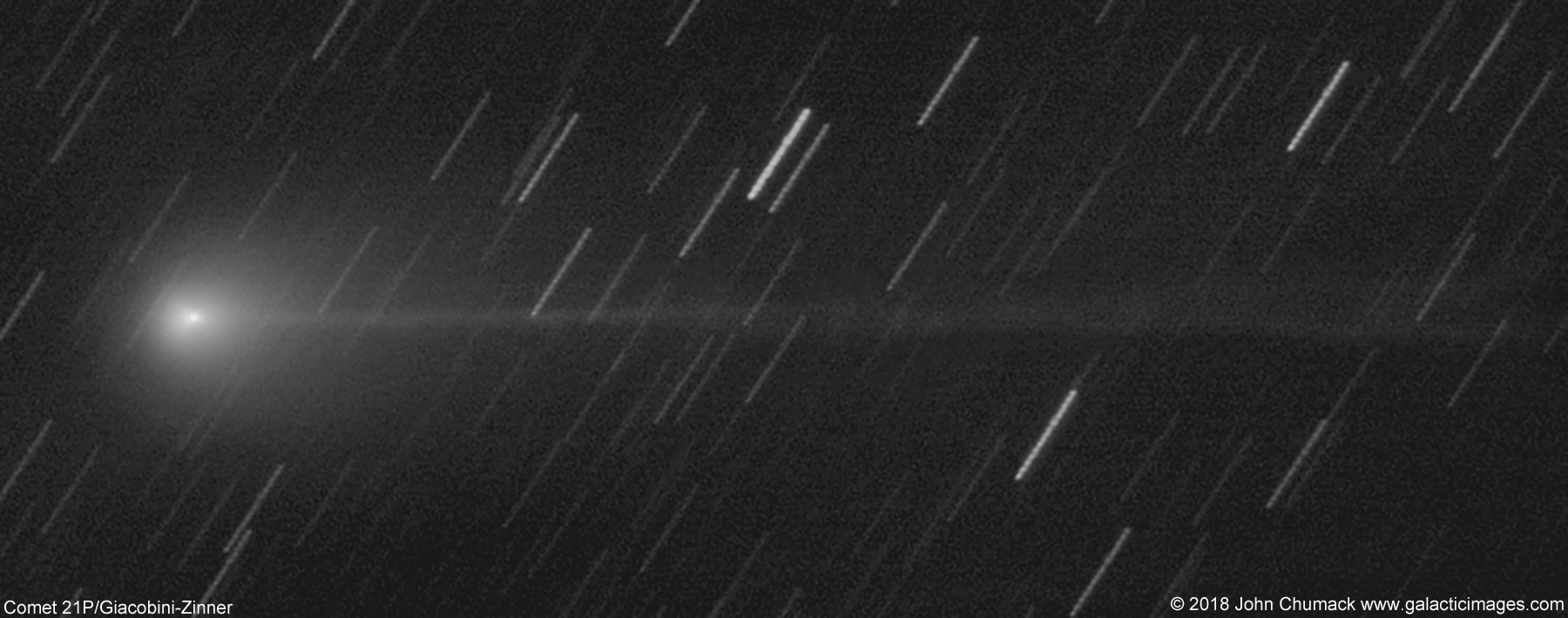
Astrophotographer John Chumack captured this view of Comet 21P/Giacobini-Zinner from his backyard observatory in Dayton, Ohio on Sept. 2, 2018. "Despite the strong moonlight, this image of the comet is shown with overlapping ion and dust tails," Chumack told Space.com. He estimated the tail to measure about 1.25 degrees in length, "but it could be longer, as strong moonlight hindered the observation of any fainter portion of the tail," he added.
Comet 21P on Aug. 17
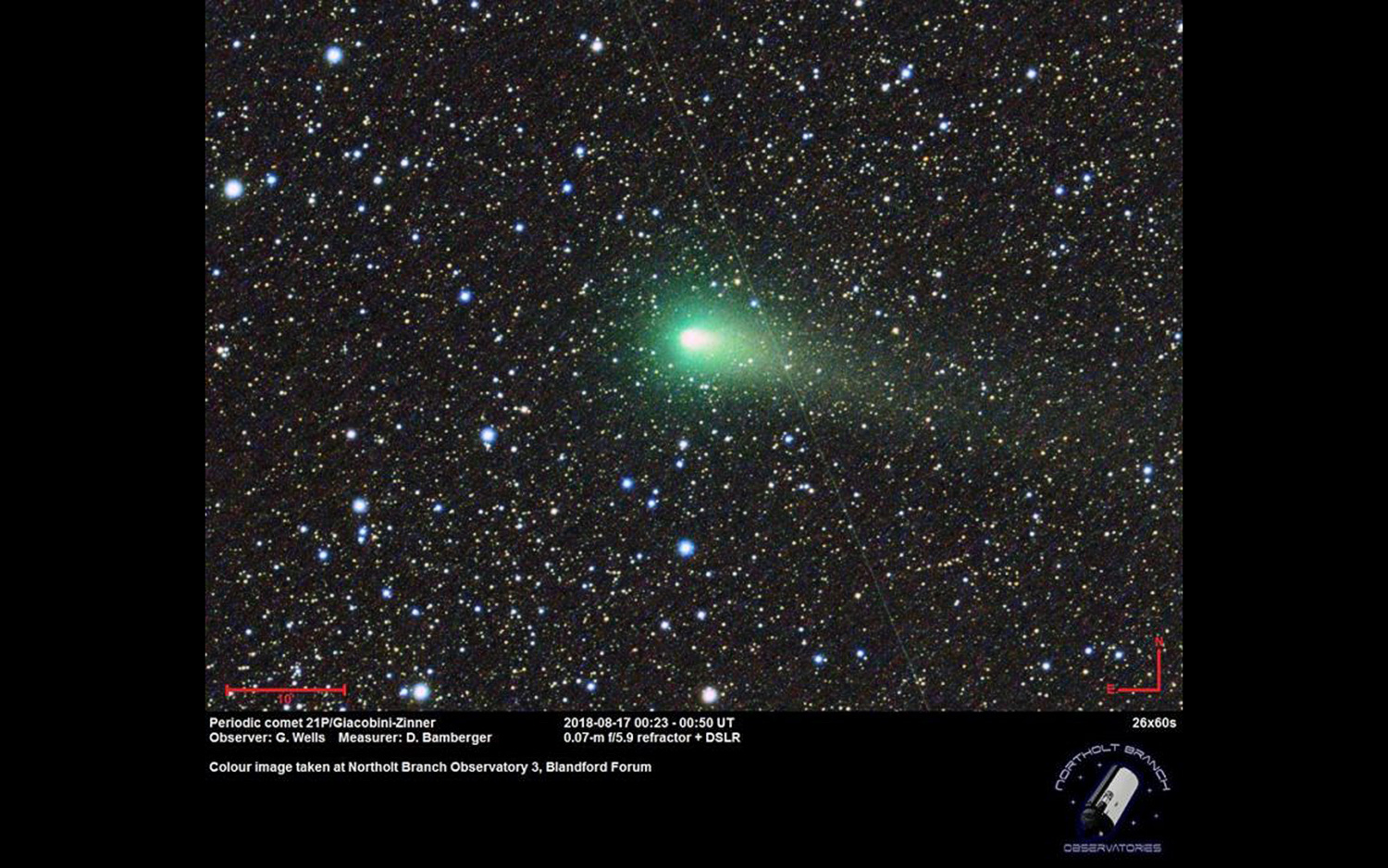
Comet 21P/Giacobini-Zinner glows bright green in this photo captured from the Northolt Branch Observatories in London on Aug. 17, 2018, between 1:23 a.m. and 1:50 a.m. local time (8:23 p.m. and 8:50 p.m. EDT, 0023 and 0050 GMT).
Comet 21P on Aug. 22
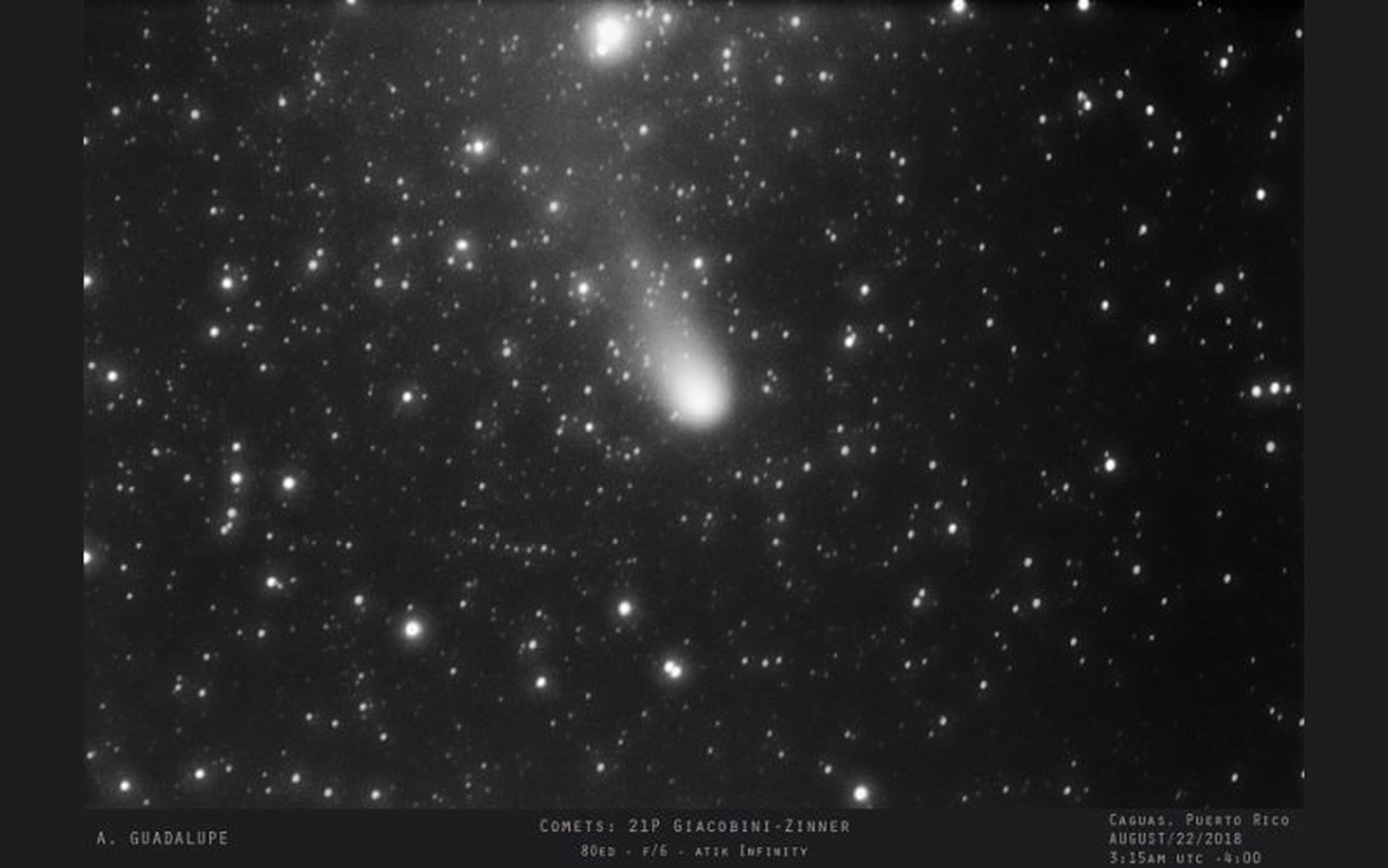
Astrophotographer Alex Guadalupe captured this view of Comet 21P/Giacobini-Zinner from Caguas, Puerto Rico, on Aug. 21, 2018, at 11:15 p.m. local time (0315 GMT on Aug. 22).
Where to See Comet 21P
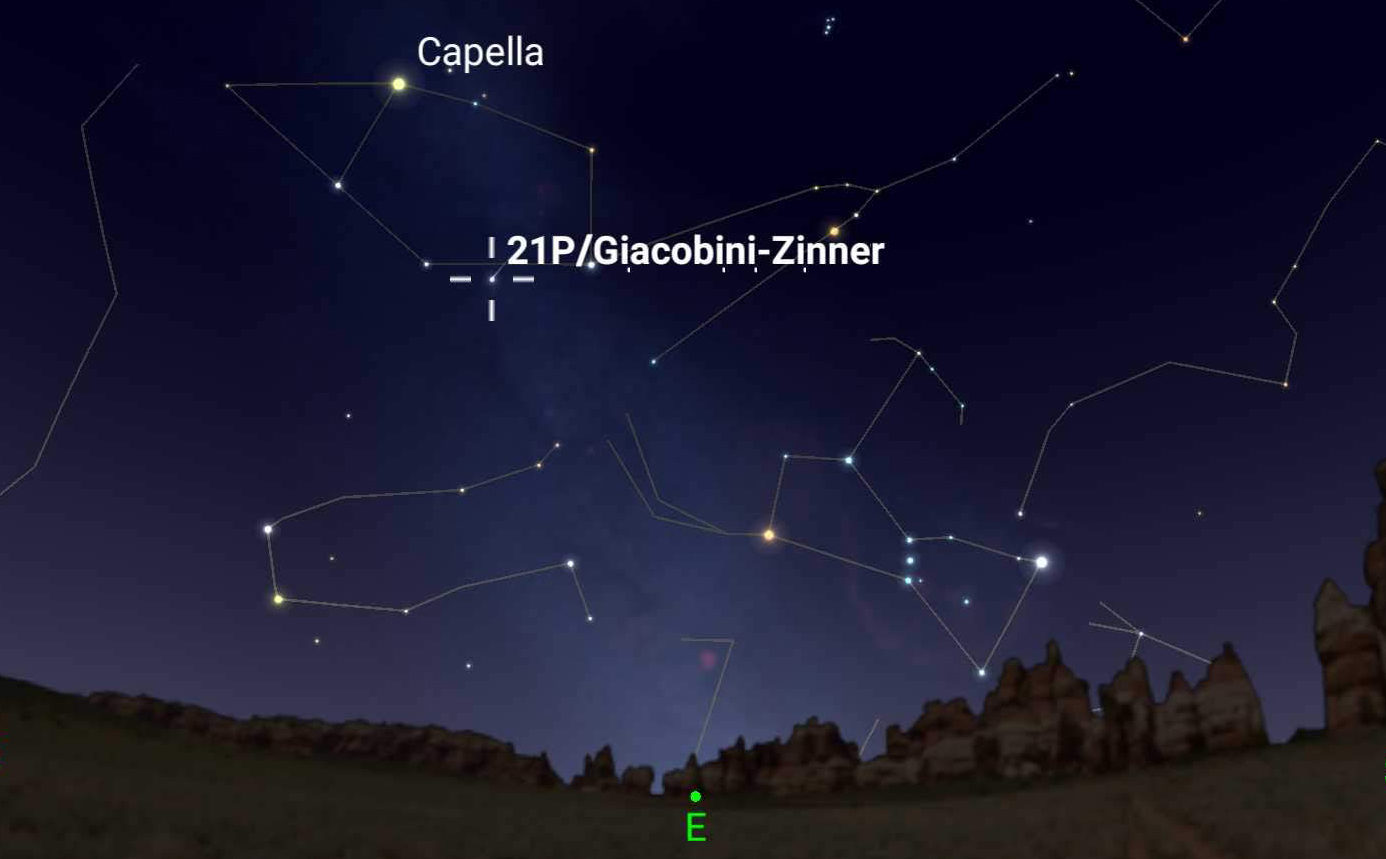
This sky map shows the approximate location of Comet 21P/Giacobini-Zinner during its closest approach to Earth on Sept. 10, 2018 at 2:27 a.m. EDT (0627 GMT), as seen from New York City.
Get Ready for Comet #2!
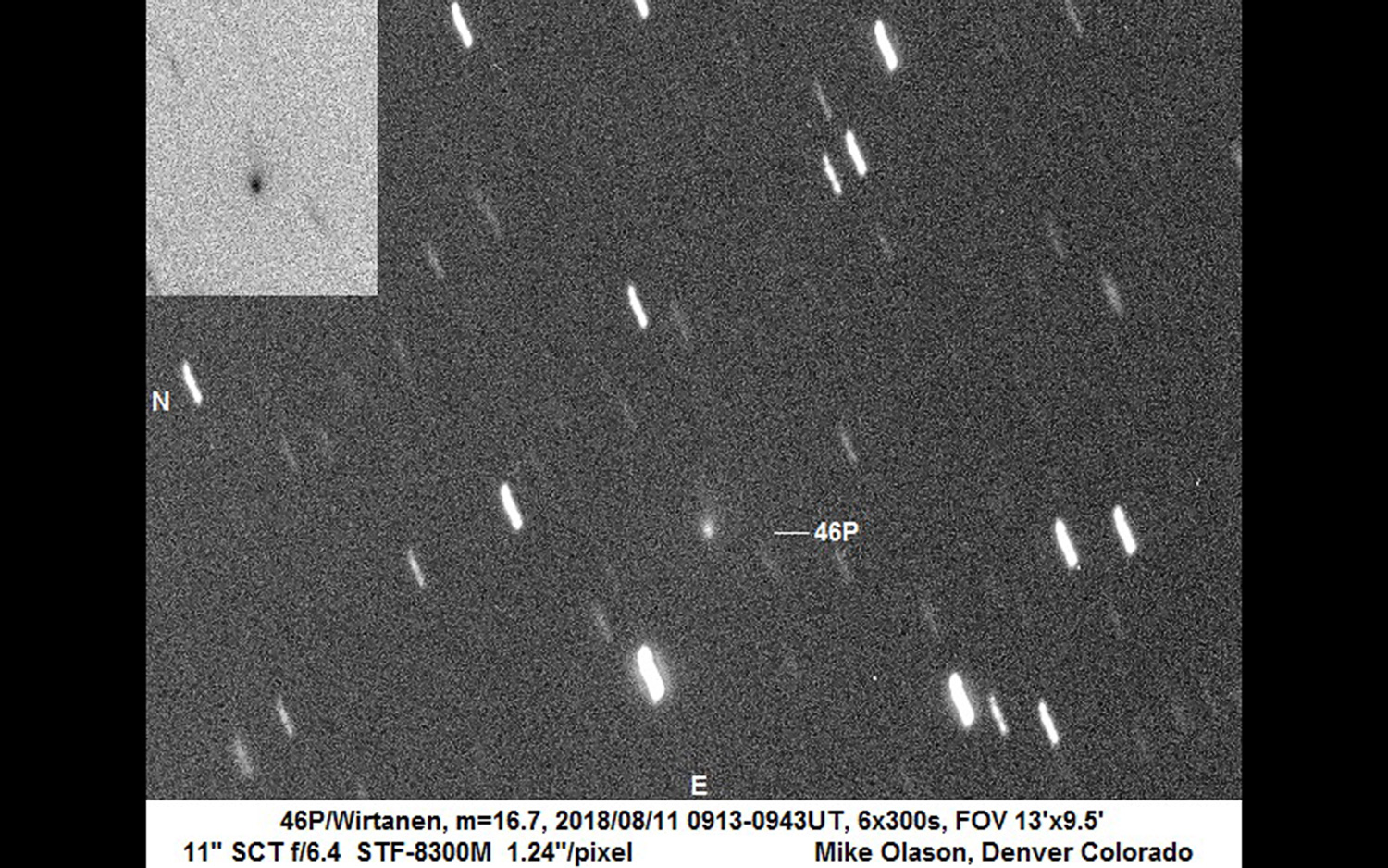
Comet 46P/Wirtanen appears as a speck in this telescope image captured by Mike Olason in Denver on Aug. 11, 2018, at 1:13 a.m. local time (3:13 a.m. EDT, 0913 GMT).
Get the Space.com Newsletter
Breaking space news, the latest updates on rocket launches, skywatching events and more!
Comet 46P on Aug. 13
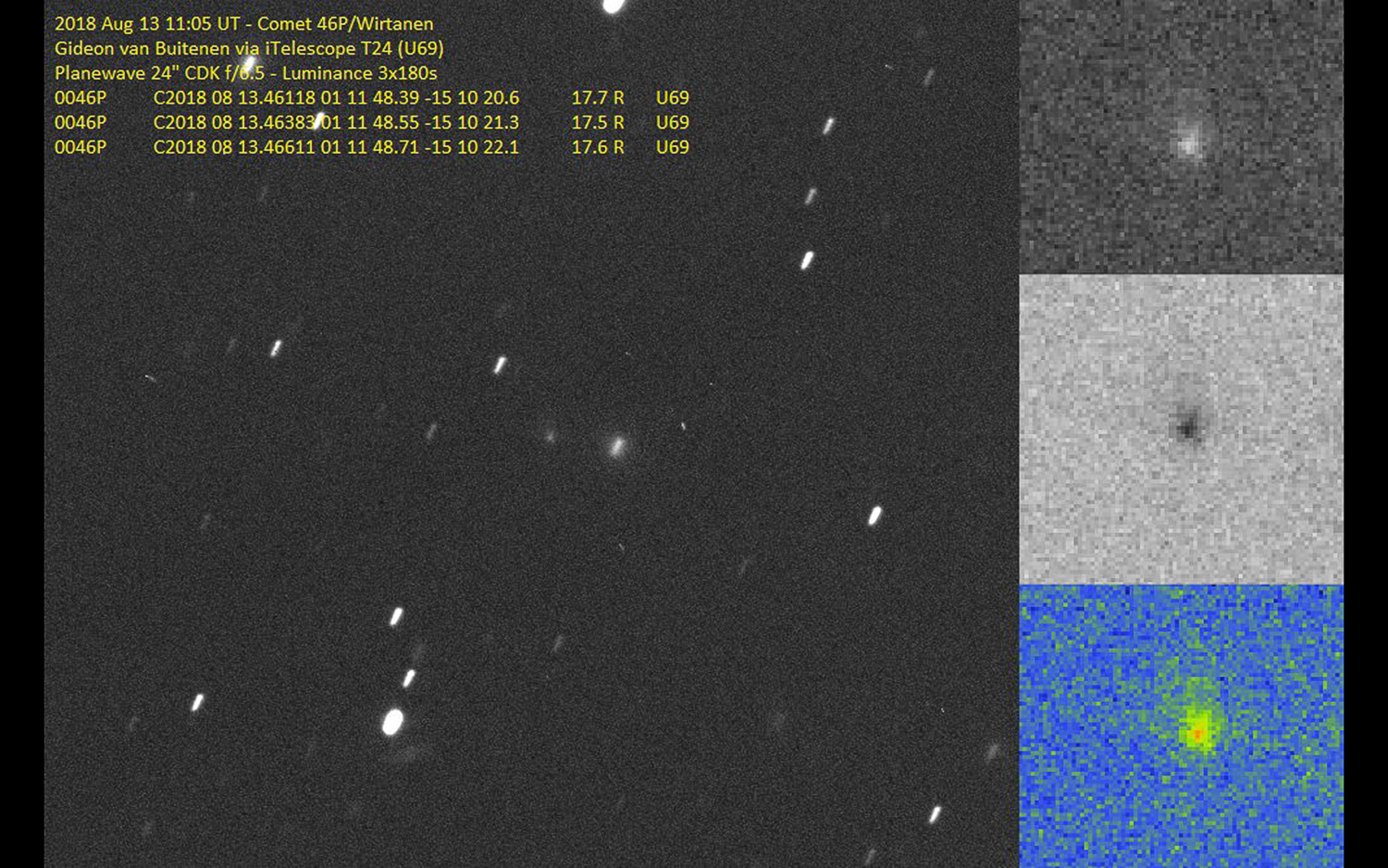
Comet 46P/Wirtanen, which will become visible to the naked eye as it makes its closest approach to Earth in December, appears as a faint smudge in this image captured by amateur astronomer Gideon van Buitenen in Auberry, California, on Aug. 13, 2018, at 4:05 a.m. local time (7:05 a.m. EDT, 1105 GMT).
Where to See Comet 46P
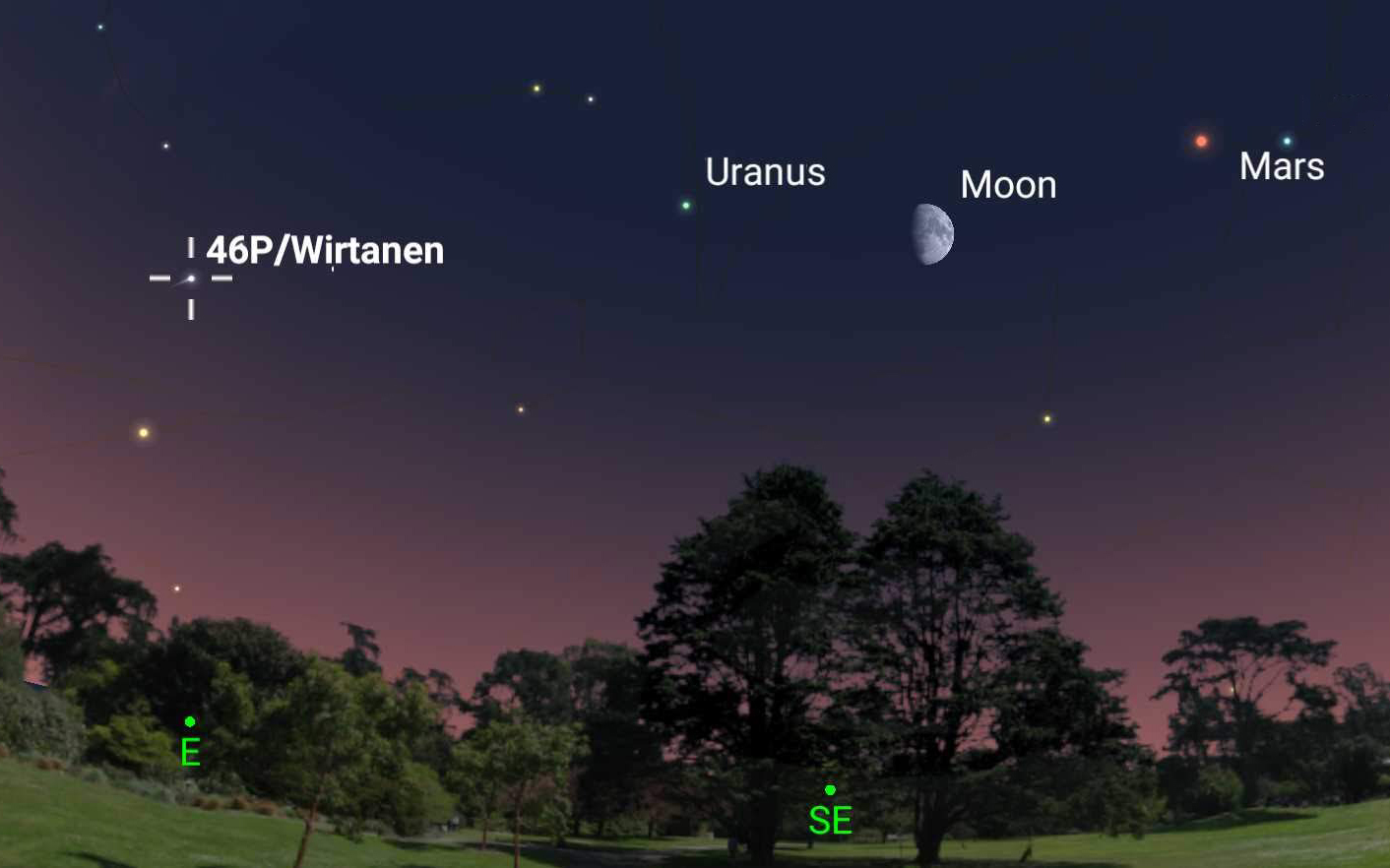
Comet 46P/Wirtanen will be closest to Earth on Dec. 16, 2018. Look for it above the eastern horizon after dusk all month long! It will be bright enough to see with the naked eye, and will look even more spectacular with binoculars and telescopes.
Join our Space Forums to keep talking space on the latest missions, night sky and more! And if you have a news tip, correction or comment, let us know at: community@space.com.

Hanneke Weitering is a multimedia journalist in the Pacific Northwest reporting on the future of aviation at FutureFlight.aero and Aviation International News and was previously the Editor for Spaceflight and Astronomy news here at Space.com. As an editor with over 10 years of experience in science journalism she has previously written for Scholastic Classroom Magazines, MedPage Today and The Joint Institute for Computational Sciences at Oak Ridge National Laboratory. After studying physics at the University of Tennessee in her hometown of Knoxville, she earned her graduate degree in Science, Health and Environmental Reporting (SHERP) from New York University. Hanneke joined the Space.com team in 2016 as a staff writer and producer, covering topics including spaceflight and astronomy. She currently lives in Seattle, home of the Space Needle, with her cat and two snakes. In her spare time, Hanneke enjoys exploring the Rocky Mountains, basking in nature and looking for dark skies to gaze at the cosmos.









